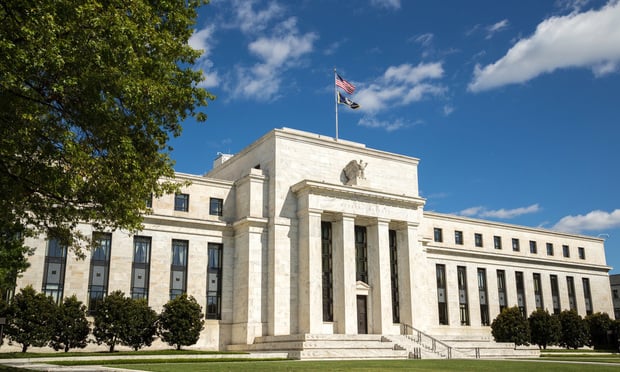WASHINGTON, DC–The Federal Reserve and the US Office of the Comptroller of the Currency are both US regulatory authorities and both provide oversight for banks, including those that make commercial real estate loans. That said, they might as well be operating in separate solar systems given their utterly divergent views on underwriting for CRE loans.
The Federal Reserve just released its January 2017 Senior Loan Officer Opinion Survey on Bank Lending Practices, which found that underwriting standards tightened on commercial real estate loans in the fourth quarter — a trend that had been manifesting for some time, according to this regular survey of domestic and foreign banks. At the same time, banks also reported weaker demand for construction and land development loans and loans secured by multifamily residential properties.
It also found that foreign banks as well tightened their credit standards for for CRE loans in the fourth quarter — but unlike their domestic counterparts foreign banks were generally reporting that demand for CRE loans remained basically unchanged.
Now consider the findings from OCC's Semiannual Risk Perspective for Fall 2016, which it released last month.
It found that banks continued to ease underwriting practices to boost commercial real estate loan volume and to respond to competition from bank and nonbank lenders. Examples of risky underwriting practices that the OCC pointed to included increased risk layering, rising loan policy exceptions, increasing loan-to-value ratios, and weaker covenant protection.
In fact CRE loans increased more than 16% in the four quarters ending June 30, 2016, “as banks exhibited a strong risk appetite for this type of lending,” the OCC said.
One sign that OCC may have a more accurate pulse on CRE lending comes from a recent survey by the CRE Finance Council. Some 67% of respondents said they have a favorable outlook for real estate capital and credit availability and 66% said they expect the availability of CRE debt to be at least somewhat favorable in 2017.
WASHINGTON, DC–The Federal Reserve and the US Office of the Comptroller of the Currency are both US regulatory authorities and both provide oversight for banks, including those that make commercial real estate loans. That said, they might as well be operating in separate solar systems given their utterly divergent views on underwriting for CRE loans.
The Federal Reserve just released its January 2017 Senior Loan Officer Opinion Survey on Bank Lending Practices, which found that underwriting standards tightened on commercial real estate loans in the fourth quarter — a trend that had been manifesting for some time, according to this regular survey of domestic and foreign banks. At the same time, banks also reported weaker demand for construction and land development loans and loans secured by multifamily residential properties.
It also found that foreign banks as well tightened their credit standards for for CRE loans in the fourth quarter — but unlike their domestic counterparts foreign banks were generally reporting that demand for CRE loans remained basically unchanged.
Now consider the findings from OCC's Semiannual Risk Perspective for Fall 2016, which it released last month.
It found that banks continued to ease underwriting practices to boost commercial real estate loan volume and to respond to competition from bank and nonbank lenders. Examples of risky underwriting practices that the OCC pointed to included increased risk layering, rising loan policy exceptions, increasing loan-to-value ratios, and weaker covenant protection.
In fact CRE loans increased more than 16% in the four quarters ending June 30, 2016, “as banks exhibited a strong risk appetite for this type of lending,” the OCC said.
One sign that OCC may have a more accurate pulse on CRE lending comes from a recent survey by the CRE Finance Council. Some 67% of respondents said they have a favorable outlook for real estate capital and credit availability and 66% said they expect the availability of CRE debt to be at least somewhat favorable in 2017.
Continue Reading for Free
Register and gain access to:
- Breaking commercial real estate news and analysis, on-site and via our newsletters and custom alerts
- Educational webcasts, white papers, and ebooks from industry thought leaders
- Critical coverage of the property casualty insurance and financial advisory markets on our other ALM sites, PropertyCasualty360 and ThinkAdvisor
Already have an account? Sign In Now
© 2024 ALM Global, LLC, All Rights Reserved. Request academic re-use from www.copyright.com. All other uses, submit a request to [email protected]. For more information visit Asset & Logo Licensing.









